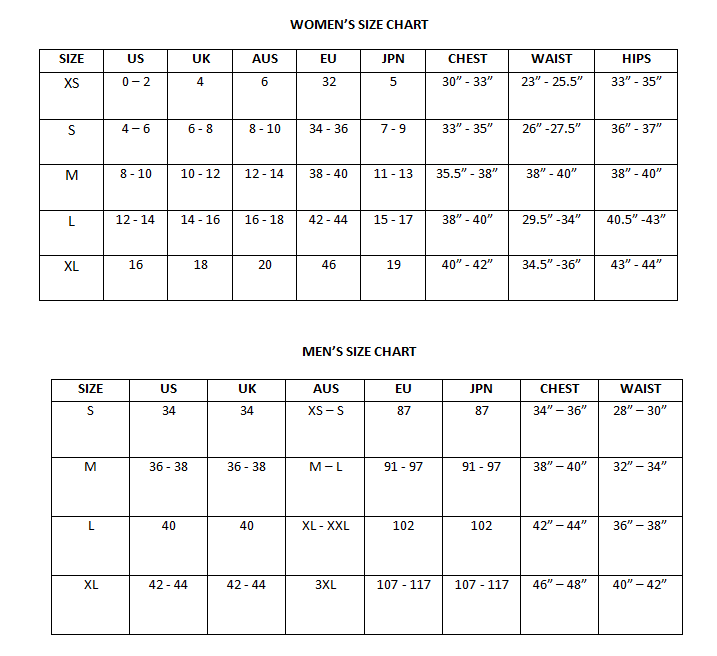FREE SHIPPING
Free shipping on all US order or order above $200

All orders shipped with UPS Express.
Always free shipping for orders over US $250.
All orders are shipped with a UPS tracking number.
Items returned within 14 days of their original shipment date in same as new condition will be eligible for a full refund or store credit.
Refunds will be charged back to the original form of payment used for purchase.
Customer is responsible for shipping charges when making returns and shipping/handling fees of original purchase is non-refundable.
All sale items are final purchases.
Give us a shout if you have any other questions and/or concerns.
Email: [email protected]
Phone: +1 (23) 456 789
| Common name | Sensitive Briar, Cat's Claw |
|---|---|
| Species | Mimosa quadrivalvis |
| Germination | Mix the Mimosa Quadravalvis seeds with equal amounts or more of damp sand, vermiculite, or other sterile media. Place the mixture in a labeled, sealed plastic bag and store in refrigerator (33?38øF). Two months of this cold storage before planting is normally required to break the dormancy of these seeds. Some seeds may sprout in the storage bag if moist stratified too long. If sprouting occurs, plant the seedlings immediately in a good potting soil. Another method of breaking dormancy for species requiring moist stratification is to sow seeds outdoors in the fall so they may over-winter. Seeds should be scarified before planting to ensure germination. Non-scarified seeds will take 1 year or more to germinate. Sow seeds about 1/4 inch deep in late summer or early fall. Seeds planted in late spring or summer might not give rise to plants that flower that season. |
| Price View | Price Range |
Free shipping on all US order or order above $200
Contact us 24 hours a day, 7 days a week
Simply return it within 30 days for an exchange.
We ensure secure payment with PEV